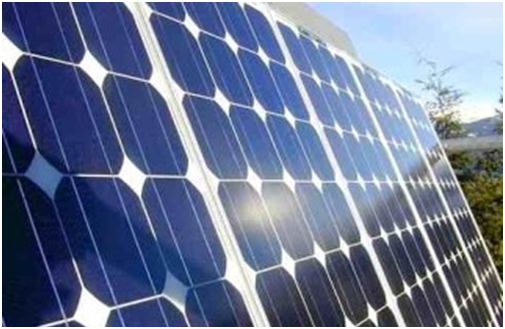More Efficient Solar Cells Anticipated

The Korean government aims to develop solar cells with an efficiency of 35 percent by 2030.
The Ministry of Trade, Industry and Energy released a plan for better photovoltaic R&D support on Sept. 2. According to the plan, the ministry will concentrate investment on the development of tandem solar cells so that the efficiency of the solar cells can reach 26 percent in 2023 and 35 percent in 2030 and South Korean developers can stay two years ahead of foreign rivals. The current efficiency levels of solar cells are 24 percent or less and the five-year investment is estimated to amount to 190 billion won.At the same time, the ministry will create new markets and services in the industry by investing 98 billion won for five years. For example, the government is planning to support the development of building-integrated, offshore and floating photovoltaic systems in the interest of location diversification and combine big data and artificial intelligence with solar power generation to facilitate operation and maintenance and better predict power output.
In addition, process technologies will be refined in relation to large-area wafers. For instance, cell and module manufacturing processes will be optimized and quality control systems will be developed for higher production yields and more efficient operation. Low-power ingot production is scheduled to be developed as well.
That day, the government and the private sector concluded a memorandum of understanding regarding a joint research center. The signing ceremony was attended by companies in the photovoltaic industry, including Hanwha Solutions, LG Electronics and Jusung Engineering.
The research center is to test domestically developed photovoltaic products before mass production. Pilot lines with a capacity of 100 MW are slated to be built there by 2022 at an investment of 25.3 billion won. The government is expecting that it will function as a hub of cooperation for South Korean companies in the industry.
South Korea’s photovoltaic R&D support has been concentrated on colleges and research institutes and related development infrastructures have been rather scattered. Besides, leading cell and module manufacturers have been somewhat excluded from the government’s R&D projects due to its protection of smaller companies. On the other hand, China has made huge R&D investments in the industry and the United States, Japan and Europe have led the R&D in the sector with their original techniques and technologies.